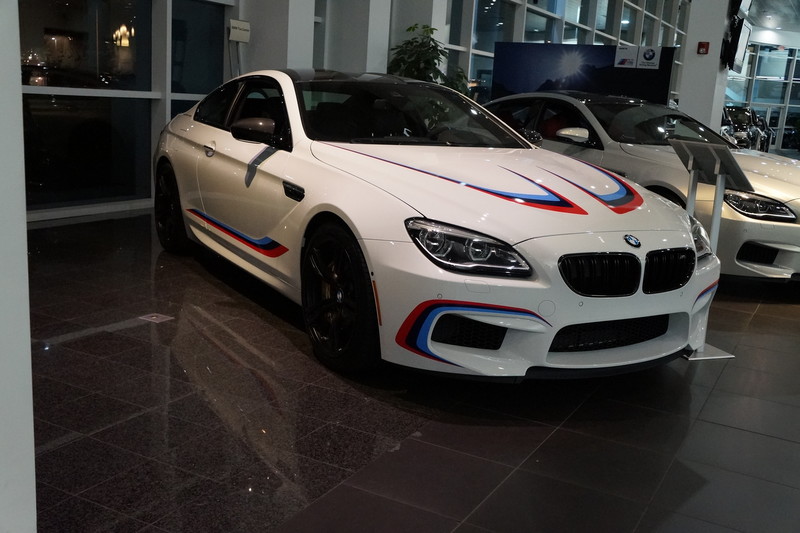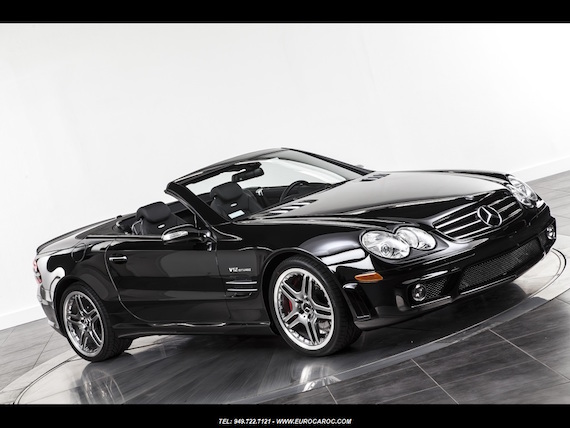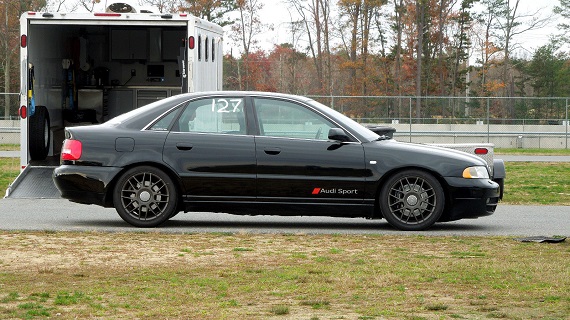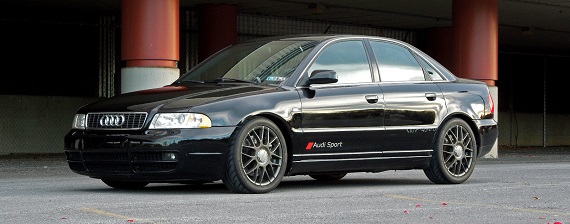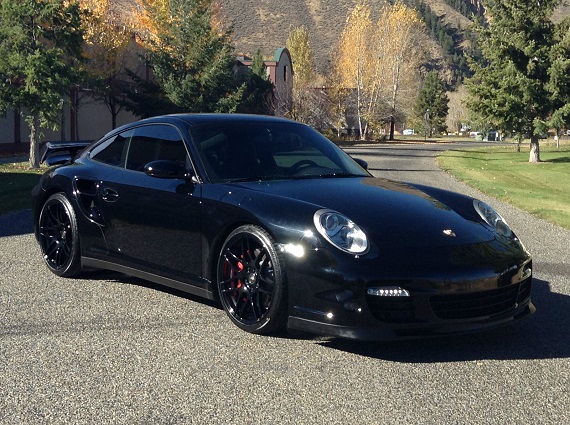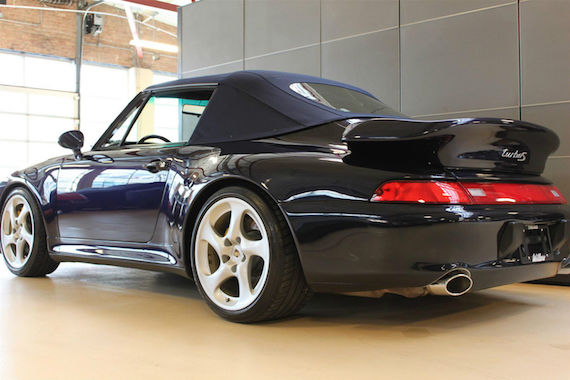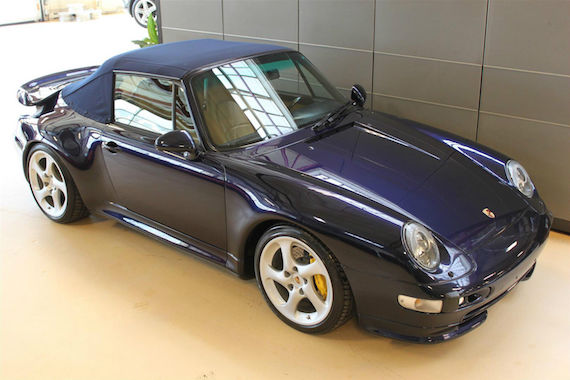Normally on Motorsports Monday I feature a race car or a track biased car, but today I’m going to do something a little different. If you follow FIA GT racing and the IMSA Tudor Championship, you might be eagerly awaiting next weekend’s Daytona 24 hours – the kickoff to the endurance racing calendar. And something special will be debuting at Daytona; what I believe is BMW’s first racing M6. Sure, the 6-series was previous used as a racer in the early 1980s Touring Cars before the launch of the M3 and Alpina ran an E6x later on, but primarily it’s been almost all small BMWs that have taken to the track since 1985. But eager to take on the likes of the Bentley Continental GT3 and Aston Martin race programs, the Munich company has moved from the Z4 platform to an all-new M6 racer. To celebrate this launch, BMW produced 100 special road going M6s for 2016 called the M6 Competition Edition. They were available in only two colors – Austin Yellow or Alpine White – and commanded a fully 50% premium over a standard M6. But it’s not just a flashy appearance package, as the F12 2-door coupe only Competition Edition has been reworked to produce more power to go along with the exclusivity:
Tag: Twin-Turbo
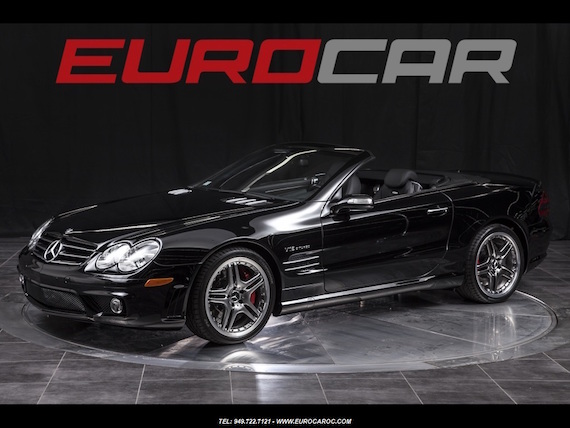
One of the things I’ve liked about moving back to Washington State from the SF Bay Area is that seeing rare, expensive cars is special again. Living next to the most expensive zip code in the country meant that pretty much every luxury car was the top-of-the-line model, from BMW M5s and Alpina B7s to Audi S8s and RS7s to Mercedes-Benz E/S/CLS/SL/ML/G/GL63s and 65s. I got desensitized and disdainful, scowling at the 80 year olds puttering around El Camino Real with 500-600hp on tap. The Mercedes AMG 65 models always caught my attention with their gunmetal wheels as the main giveaway besides the badges, a nearly $200k car just hanging out next to the yoga studio and completely unnoticed by the general public.
Well, they were roughly $200k when new. Depreciation hits them harder than their (transmission-limited) 738 lb-ft of torque and now this twin-turbo V12 GT is roughly a third of its original price. They’re not the most attractive roadsters, but it’s certainly a more balanced design than the “umm… copy-paste-update new shape here!” look of the current R231 SL. This R230 looks a bit more classic in black on black and has the Panoramic Roof option on the folding top so you can see the sky without exposing yourself to the commonfolk. Carbon fiber puts a performance veneer on the interior, but this will never be a canyon carver. It’s a 604hp highway bomber, and hopefully having covered fewer than 12k miles will keep scary-expensive maintenance on the V12 at bay for a while.
Click for details: 2007 Mercedes-Benz Sl65 on eBay
Comments closedWhy does the Audi S4 not get more attention on Motorsports Monday? Well, for most the generally heavy platform coupled with the forward bias of the relatively heavy motor doesn’t equal track excitement. Motivation has never been a problem with Audi’s fastest small chassis cars, but braking and turning aren’t where the excel – especially compared to the competition from Munich and Stuttgart. However, a recent ride in my stripped-out and stiffened-up Audi left me the best part of an inch shorter and thinking. Going to the track is such a great time, but there must be a better balance between the 95% of the time that the car isn’t at the track to the 5% it is – if you’re lucky. And while in all out track performance, it’s hard to argue with the E36 chassis as the best value going, the B5 S4 is a compelling alternative to have plenty of fun in between – and, year round:
CLICK FOR DETAILS: 2000 Audi S4 on eBay
Comments closedThere was performance revolution that occurred rather quietly in the mid 2000s. You could argue that it was more evolutionary than revolutionary, but giant leaps in performance were seemingly the norm with every single release of a new model. The Audi S8 had 360 horsepower, and that was a lot – until the M5 had 400. Then the S8 had 450, and the M5 countered with 500 – and Mercedes-Benz was right there, too, with its supercharged V8s. These were power figures normally associated with supercars only a generation before. Heck, by the mid 2000s even the lowly Golf GTi had equivalent power to weight ratios with Porsche 911s from the 1980s. Speaking of Porsches, they had gone absolutely bonkers with their power levels. The last 930 had roughly 330 horsepower – still considered quite a lot in the late 80s – and weighed roughly 3,000 lbs. Sure, the subsequent generations got heavier and more complex as they bathed their occupants in every increasing levels of luxury. But then, the power increased too. By the time we got to the 3.6 Turbo S, power was 380. The 993 added a turbo for quicker spool up and went to even heavier all-wheel drive, yet with 400-450 horsepower, they were anything but slow. Power didn’t change much with the 996 at 410-450 horsepower depending on tune, but delivery was refined even more and they were even faster than the previous generation. The 997 kicked it up another notch, now with 470 to over 500 horsepower on tap – the best part of double the original 930, yet with daily driver tractability, modern convenience and all-wheel drive comfort and security. The 911 Turbo was no longer a widow-maker, but a precise surgical instrument of speed wrapped in a velvet glove with a sugary sweet coating for ease of use.
Another interesting trend was that through its transformation, all of the sudden people really started to appreciate the older cars more. The more complicated the 911 became – and it must in the market, you could argue – the more that people longed for the early days. That was especially true when it came to the changeover to the 996. The softening of the once impenetrable 911 Turbo fortress defenses to allow mere mortals to approach the limits of the car pushed many way; it didn’t help that the 996 wasn’t the prettiest thing to come out of Stuttgart, either. That meant that values started dropping and today these 911 Turbos are nothing short of a miraculous deal. For about the same money as a loaded Camry costs you can get into a thoroughbred rocketship. But if it were my money, I’d eye the successor to the 996; for a slight increase in purchase price, you get better performance, more features and most importantly a better looking exterior:
CLICK FOR DETAILS: 2007 Porsche 911 Turbo on eBay
Comments closedFor years, Porsche’s Sonderwunsch (Special Wishes) division fulfilled the dreams of many enthusiasts, churning out examples of sports cars with rare options or models never produced by this manufacturer, such as two examples of the 993 Speedster and a 993 Turbo Cabriolet, of which 14 were built. Those rare drop tops, however, did not have the twin-turbo engine that was featured in the 993 Turbo and Turbo S. This 993 Turbo Cabriolet, however, does. It is a recreation, but a really good one at that. Nothing here screams aftermarket, but for Tuner Tuesday, we’re going to classify this car as such since underneath it is a C4 Cabriolet. Ever wondered “what if” if Porsche had pulled the trigger on this model?

